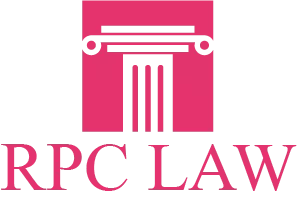Following your involvement in a motor vehicle collision, you will want to make sure that the person legally responsible for causing the collision is held accountable. That is, if you wish to recover damages for your losses.
Proving someone liable can be a complex matter, especially if you have to prove their fault to your insurer and sometimes also in court, should your case end up on trial. In such cases, your word will not be enough. You will need concrete evidence in the form of photographs, video footage, or witness testimony. Once you have managed to prove the at-fault party’s negligence or recklessness, you will still need to prove that this behavior resulted in your losses.Here is how you gather the necessary evidence to back your claim:
Get Your Hands on The Police Report
In the vast majority of cases, a motor vehicle collision will entail that an officer is called to the scene who will then file a police report. However, in some instances, it may also be a possibility that you or another involved party was the one to file the report. Regardless, you will need to get your hands on a copy of said report.
A police report is neutral in tone and will lay out the facts as seen by the officer, including who they believe to be at fault for causing it, and whether or not any involved party is guilty of violating traffic laws. As a result, this report can be extremely strong evidence to back your claim.
Know the Local Traffic Laws
Another great way to back your claim is to know whether the at fault driver was violating the traffic laws of the state the accident took place in. If you aren’t fully certain about said laws, a great place to look them up is with the Department of Motor Vehicles.Your research should include the laws regarding right of way, road signs, and speed limits. If you have reason to believe that any laws or regulations were violated, make sure to make a full copy of the specific ones broken and where you found them in the Vehicle Code so they can be used as reference and evidence in your claim.
Incidents in Which Another Driver Is Generally at Fault
There are two major events in which another driver is most often at fault: rear-end collisions and left turn collisions.These are important to ensure that irrespective of the type of accident, it is essential that you are in contact with a lawyer that will help you get compensated for your injuries.
